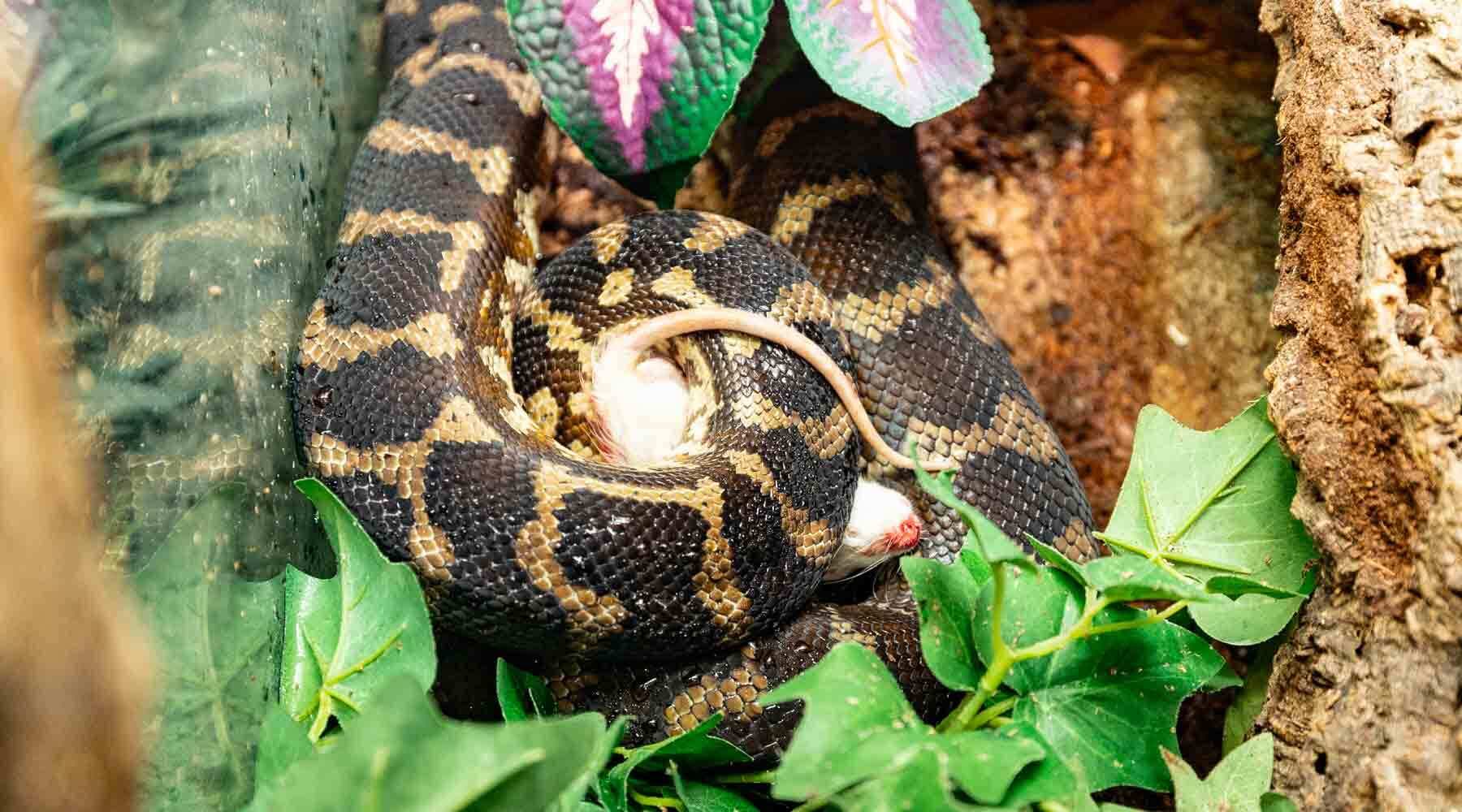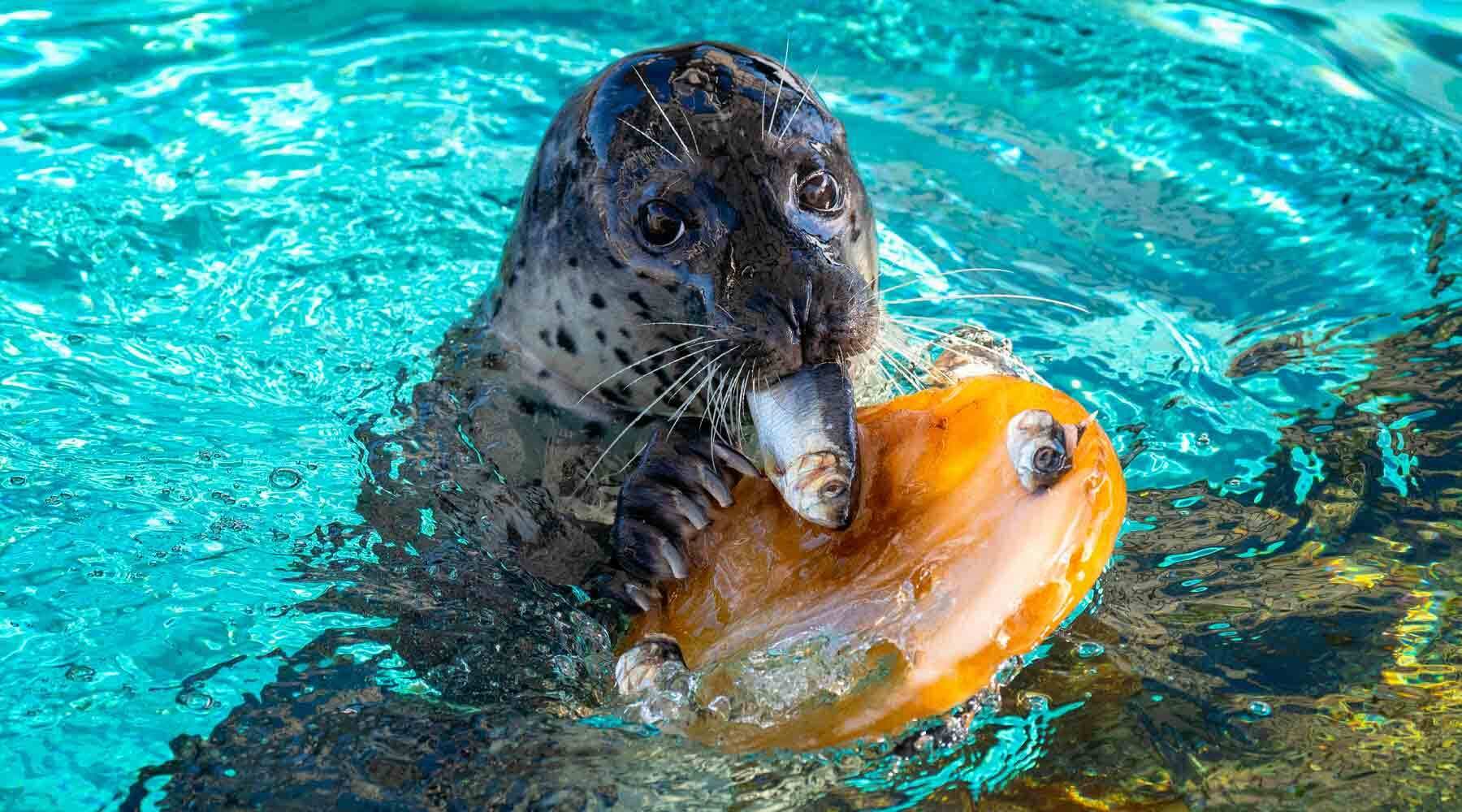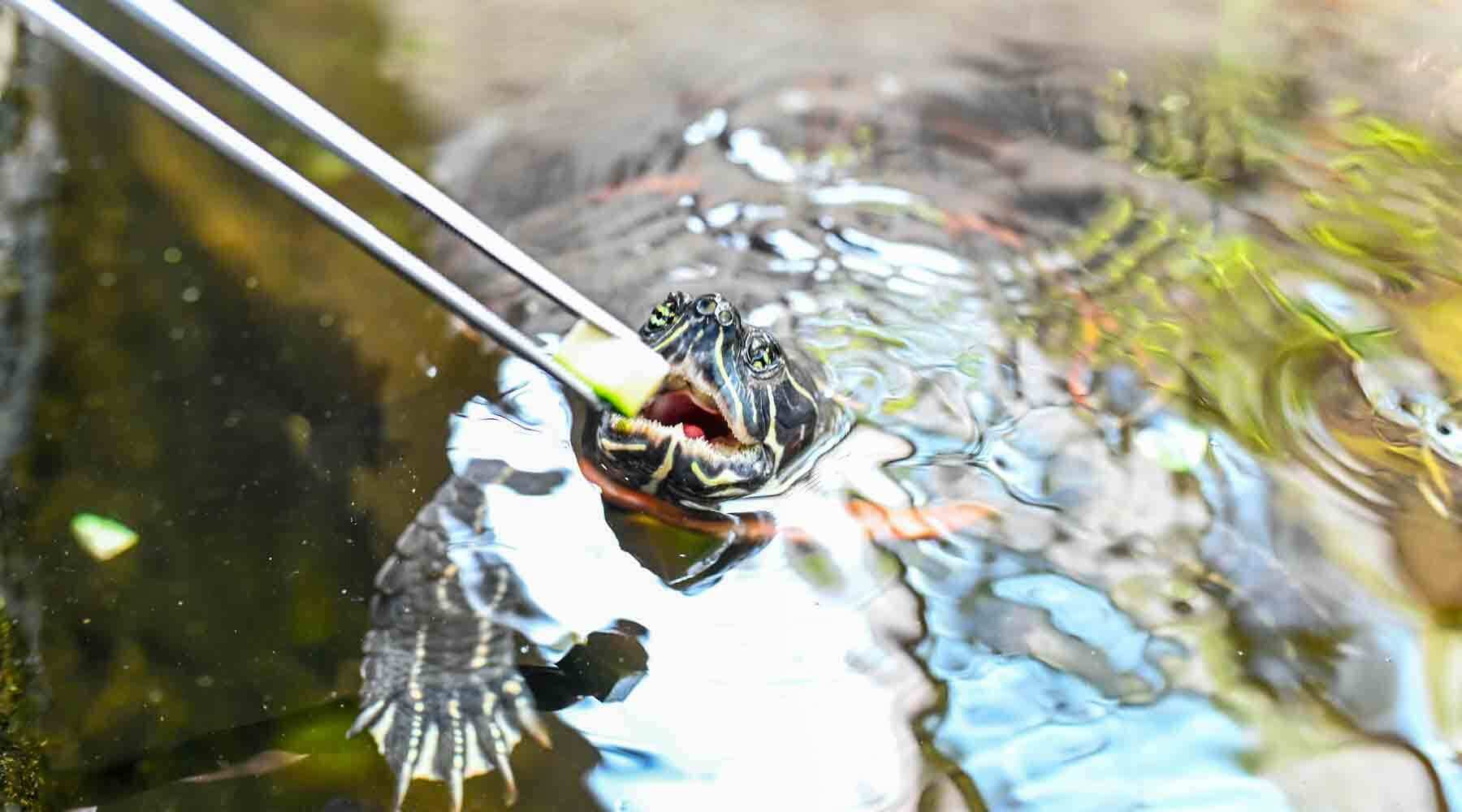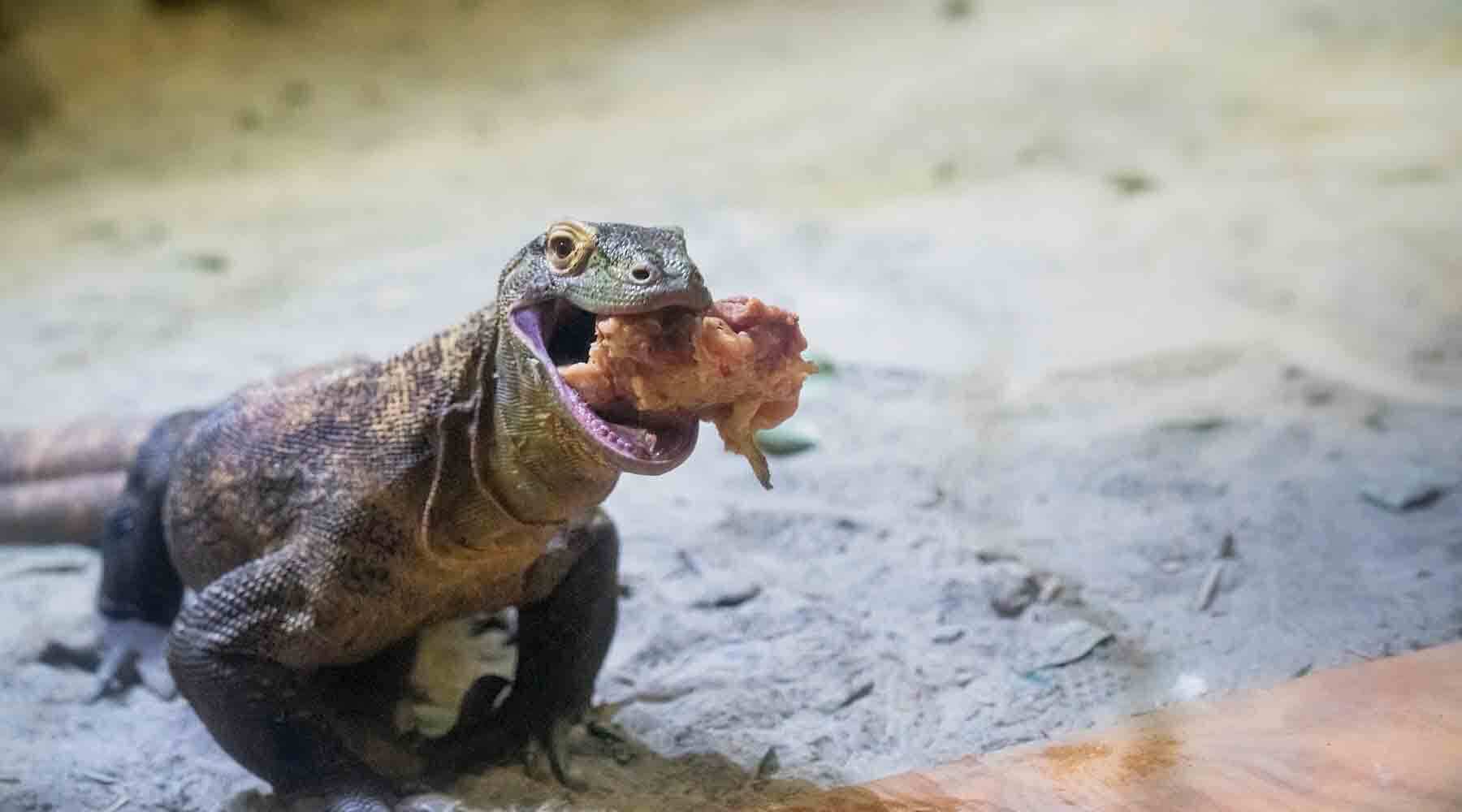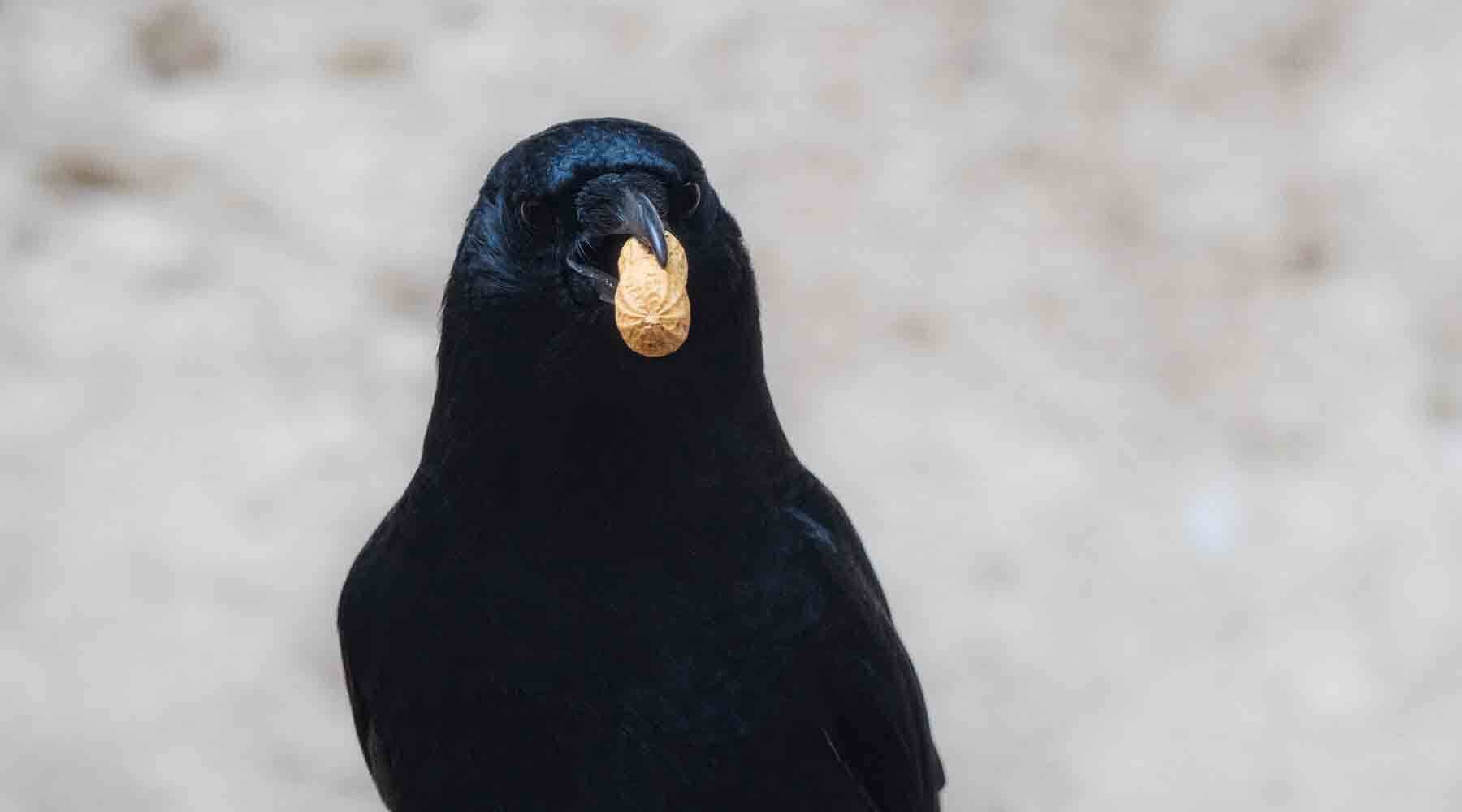It’s on top of everyone’s mind this season...food!
Except by “everyone” we mean all of our animals, and by “this season” we mean all day, every day! With thousands of animals from over 300 species living in our Aquarium, we run through quite a lot of food. And with so many dietary needs that vary not only by species, but by the needs of individual animals, there’s a lot to keep track of.
So, what’s on the menu? Depends on the species!
For carnivorous animals such as our Komodo dragons, snakes, Tomistoma, and raptors, their diet includes rodents and small birds. Each week, our staff prepares and feeds these species up to 400 feeder mice, 100 feeder rats and 72 feeder chicks and quail each week. This totals 19,000 mice, 4,700 rats and over 3,400 chicks and quail fed to these animals annually! The feeders, or the animals offered to our residents, are grown in a special facility and shipped to us frozen and predeceased – we just thaw out each feeder out before feedings.
Then there are the seafood lovers, which includes animals like our seals, sharks, rays, many of our fish, and turtles large and small. These residents will enjoy a variety of restaurant-quality delicacies such as herring, capelin, smelt, shrimp, Boston and Spanish mackerel, salmon, cod, and tilapia. We also stock shellfish like scallops, clams, mussels, oysters, and a type of shrimp-like crustacean called mysis for them to munch on. Our spotted eagle rays are adept at crushing up shells in their mouths to get to the meat before spitting the shell pieces back out!

